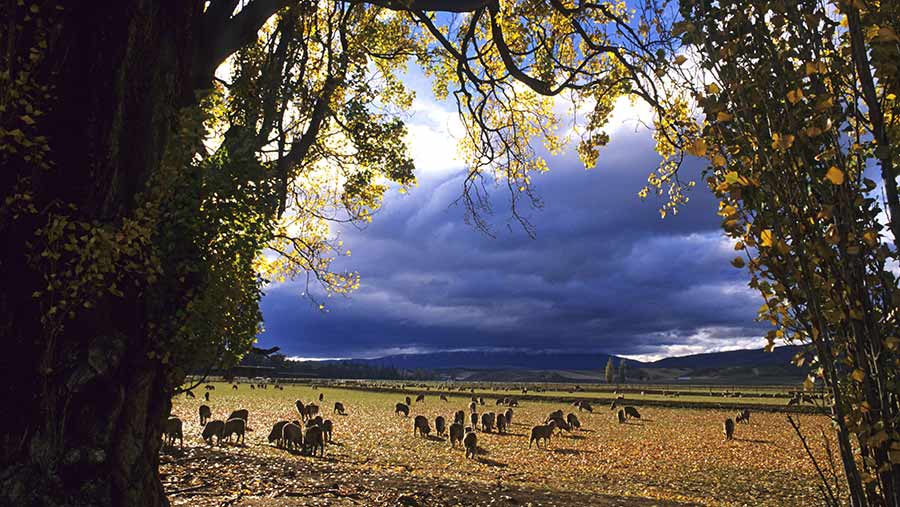Opinion: UK must learn from New Zealand farmers’ success
 © Design Pics Inc/Rex Shutterstock
© Design Pics Inc/Rex Shutterstock The most striking difference between New Zealand and UK farmers is their idea of what constitutes success.
In New Zealand good farmers are determined not by the calibre of stock in the field or the number of rosettes adorning the office wall, but by the profits they make. Indeed, their willingness to talk candidly about profits is refreshing.
While many UK farmers would argue they are focused on profits, the presence of subsidies means it is not with the same single-mindedness.
For the Kiwis, the removal of subsidies has forced a new wave of thinking. Could the removal of subsidies in the UK force a similar change?
 Rhian Price
Rhian Price
Acting Livestock editor
New Zealanders have a major advantage, though: they are not as heavily governed by time-consuming, costly red tape.
For example, rather than having to pay to remove dead stock, they are allowed to bury them. When new regulations are put forward they are more often than not thrown out because there is no “fear factor” that payments will be cut.
See also: Rotational grazing improves farms’ grass quality
Economies of scale also benefit them – many of the farms are so big that overheads are much lower.
But despite these advantages, it would be churlish to ignore the fact New Zealand farmers are also doing things better and we should seek to learn from them. For instance, there is huge potential, which we are not harnessing in the UK, to grow more grass.
Kiwis make the most of every scrap of land to ramp up productivity. Many rotationally graze to produce more grass, while planes are used to spray off undergrowth on hill ground and seed is flown on.
See also: How focus on productivity put NZ livestock farmers ahead
It is true we are controlled by legislation and environmental stewardship schemes, but a Kiwi would view swathes of hill country in the UK as vastly understocked.
Improvements in output in New Zealand have largely been achieved by breeding efficient stock with low mature weights and lower feed costs.
Estimated breeding values (EBVs) are playing a big role in helping to achieve this.
It is disheartening to see UK social media awash with people dismissing the effectiveness of such data, while NZ farmers use them to power ahead. At Mount Linton Station, genomics and carcass scanning play a part in the breeding programme, helping to improve beef finishing times and eating quality.
New tools are being developed by the institutes in the UK, such as Scotland’s Rural College, which is currently working alongside the Limousin Cattle Society to develop genomic breeding values.
“New Zealanders have the major advantage that they are not as heavily governed by time-consuming, costly red tape”
Rhian Price, acting Livestock editor
It is time for us to get behind these projects and started believing in what they are trying to achieve.
We are always going to have a healthy rivalry with the Kiwis – whether on the rugby pitch or in the lamb market, they’re a competitor. But make no mistake, they are a strong competitor and one that’s gaining strength every year.
However, no country is without its challenges, and in coming years New Zealand production is going to be under more pressure as local councils enforce stricter irrigation and water pollution rules.
See also: Equity partnerships get New Zealand dairy entrants started
We have plenty to be proud of in the UK. Our animal welfare standards, for example, are among the highest worldwide, and that is a distinct asset as consumers become ever more discerning.
It is important we continue to play to our strengths, but we should also learn how we can improve our weaknesses – and that starts with a focus on profitability.
Rhian Price
Acting Livestock editor
